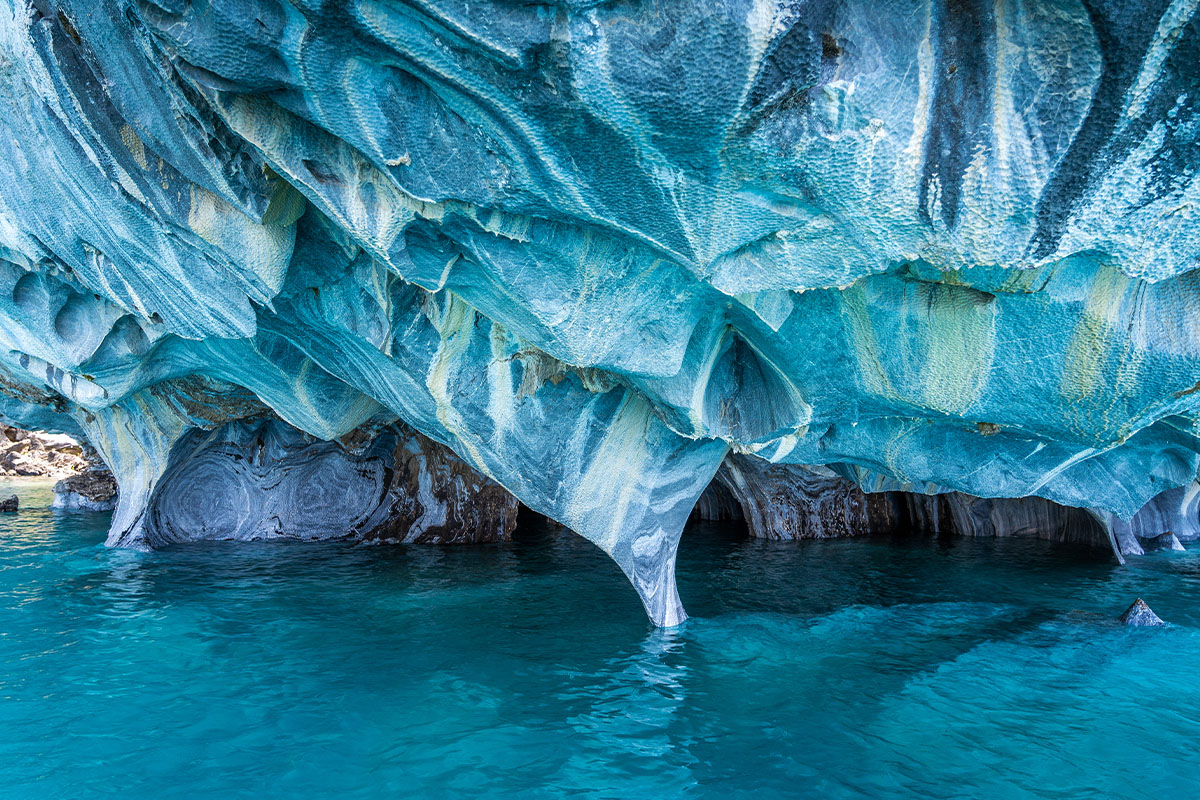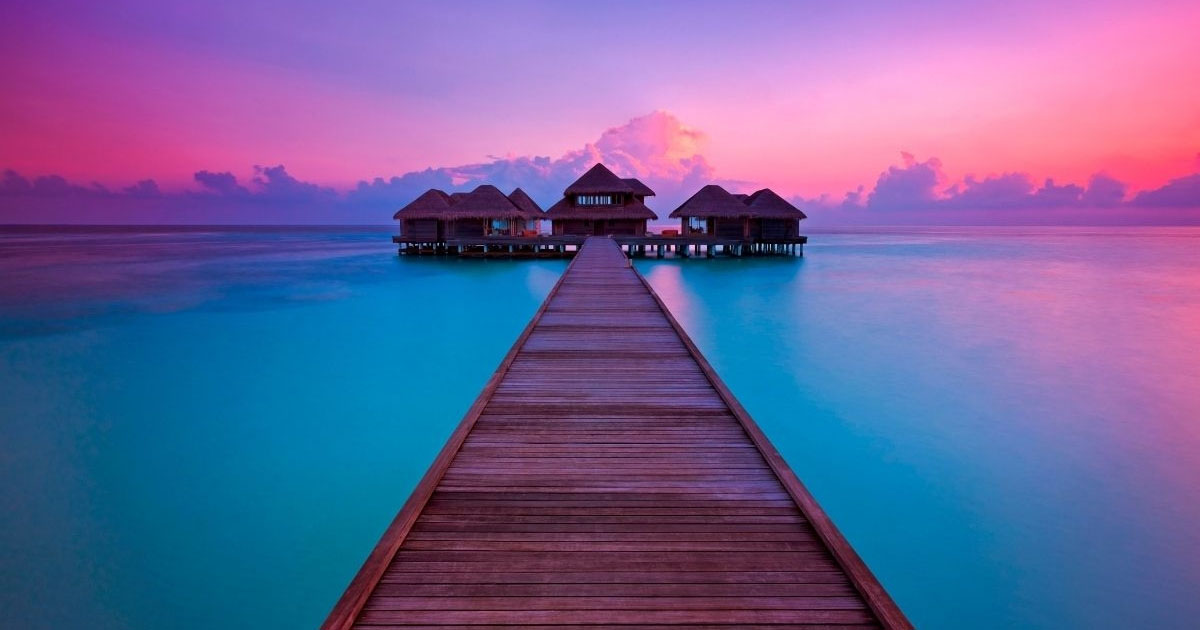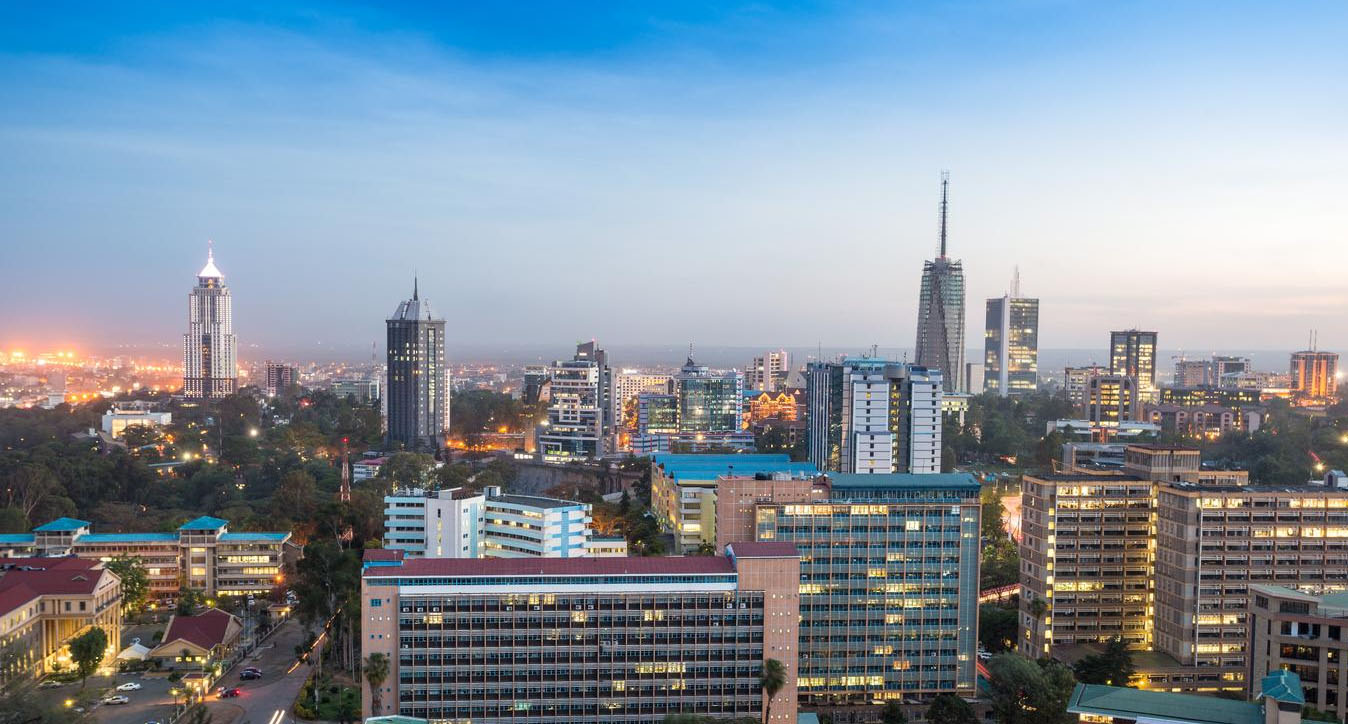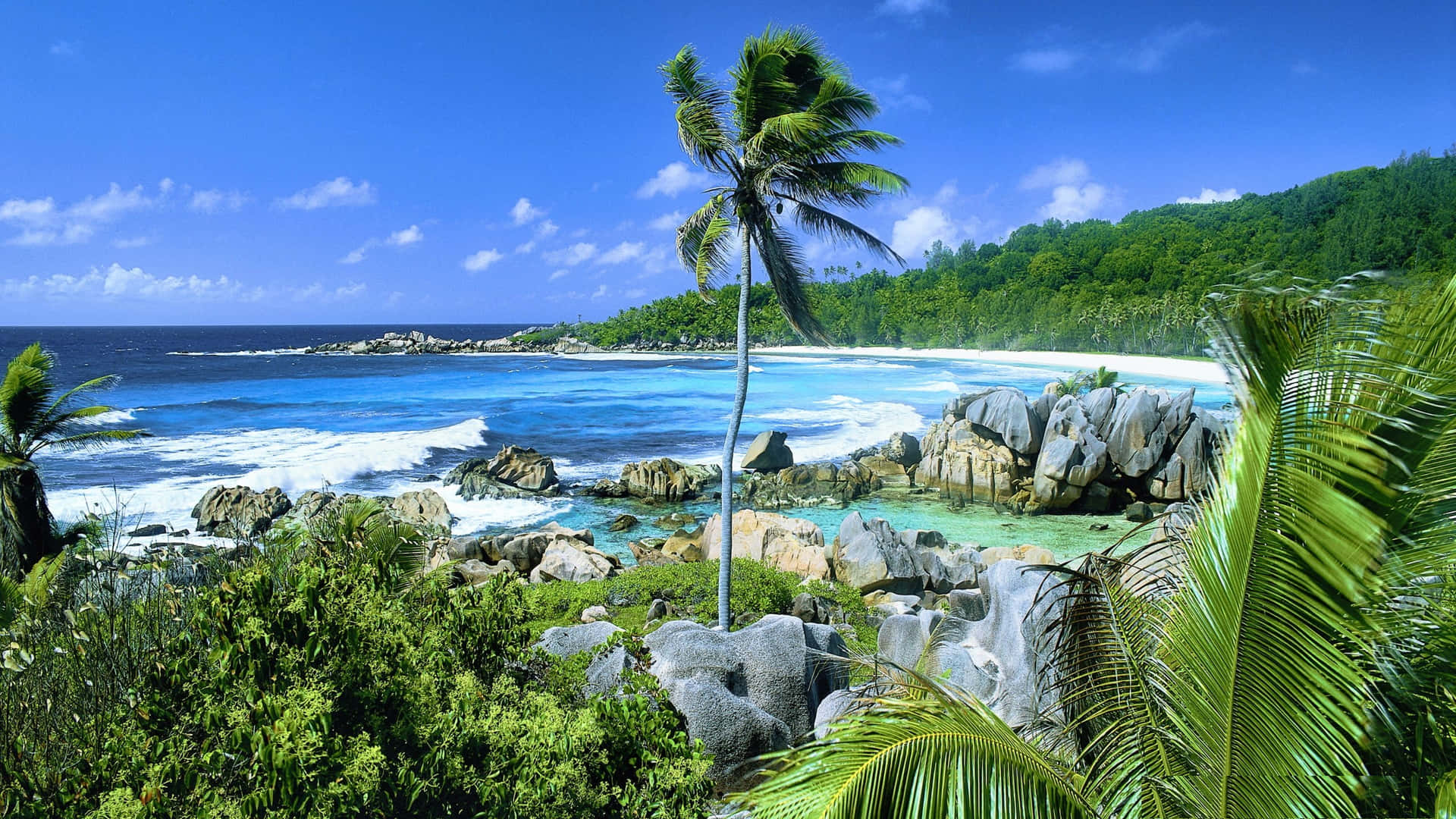.

Photo credit :Reuters
The Marble Caves, known as Cuevas de Mármol in Spanish, are a natural wonder located on the General Carrera Lake in the Patagoniaregion of Chile. These stunning caves are renowned for their strikingly beautiful, swirling patterns of blue and white marble, which are sculpted bythe pristine, turquoise waters of the lake. This unique geological formation offers an otherworldly experience that attracts visitors from all over the globe.
The Marble Caves consist of three main formations: the Marble Caves (Cavernas de Mármol), the Marble Cathedral (Catedral de Mármol), and the Marble Chapel (Capilla de Mármol). Each structure has its own distinct features, with the cathedral and chapel being particularly noted for their intricate,cathedral-like ceilings and walls. These formations are the result of over 6,000 years of erosion, where waves have carved away the calcium carbonate in the marble, creating smooth, curved surfaces that reflect the lake water, casting a stunning array of colors and light patterns.
Visiting the Marble Caves is an unforgettable adventure that begins with a boat or kayak trip from the small town of Puerto Río Tranquilo. The journey across the crystalline waters of General Carrera Lake itself is a serene and picturesque experience, surrounded by the breathtaking Patagonian landscape of snow-capped mountains and lush greenery. As you approach the caves, the reflection of the marble in the clear, blue water creates a mesmerizing effect, making it seem as if the caves are glowing.
What makes the Marble Caves particularly special is the dynamic interplay of light and water. The appearance of the caves changes throughout theday and with the seasons,depending on the water levels and the angle of he sunlight. This constant transformation ensures that every visit offers aunique perspective and new photographic opportunities. The best time to visit is during the spring and summer months (November toFebruary),when the weather is milder and the water levels are optimal for exploringthe caves.
Moreover, a trip to the Marble Caves is not just about the visual spectacle. It an opportunity to immerse yourself in the tranquility and unspoiled
beauty of one of the world most remote and pristine environments. The experience fosters a deep connection with nature and a sense of awe at
the incredible forces that shape our planet.
The Marble Caves of Chile are a must-visit for anyone seeking natural beauty, adventure, and a unique, ever-changing landscape. Whether you
are a nature enthusiast, a photography buff, or simply in search of a serene escape, the Marble Caves offer an unparalleled andtransformative experience that will leave an indelible mark on your soul.























